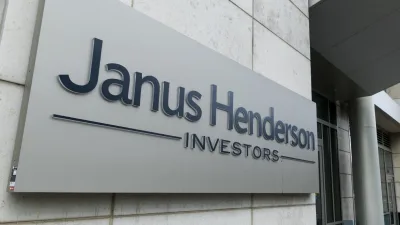Call to rebalance hedge fund outperformance fee structures



New research from Towers Watson suggests a better model for aligned fee structures should come from a more equitable split between investors and hedge fund managers of skilled outperformance.
The research argued history has favoured hedge fund managers, in many cases, giving them the lion's share of the fees.
Towers Watson senior investment consultant Ross Barry said limited capacity had led to rising hedge fund fees and structures that "skewed the alignment between investors and managers".
Barry said that while Towers Watson advocated reward for manager skill, Most Favoured Nation Causes had become an excuse not to offer concessions, and there was a reasonable argument for the balanced split.
"Managers share profits, but there is often no mechanism for them to share losses so there is an incentive to take excessive risk rather than targeting high long-term returns."
Barry said the financial crisis had left many investors with considerable negotiating power and the 2+20 model - a two per cent management fee plus 20 per cent outperformance fees - coming under increasing pressure.
But managers were also more responsive to engaging in discussions with investors on fees and terms, with some moving towards better balanced structures, he said.
"Hedge fund managers should be compensated for their skill and not for delivering market returns. The separation of these two elements is complex, but in our view worth analysing in detail," he said.
The research found that well-aligned structures also have management fees that reflect the position of the business rather than assets under management.
Well-aligned structures provide appropriate hurdle rates, loss carry-forward positions, extension of the performance fee calculation period, clawback provisions and reasonable pass-through expenses, according to Towers Watson.
Barry said transparency was still an issue, with many fee concessions coming at the cost of reduced liquidity, generally in the form of an initial lock-up period.
Recommended for you
Financial advisers have expressed concern about the impact including private market exposure is having on their tracking error budget, according to MSCI.
State Street will restrict its membership of global climate alliance Net Zero Asset Managers after the organisation dropped its flagship 2050 goals amid ESG backlash from the US.
Betashares has launched a global shares and a global infrastructure ETF as part of the firm’s strategic expansion strategy to support financial advisers in building more diversified portfolios.
Global asset manager Janus Henderson could be acquired after receiving a non-binding acquisition proposal jointly from a private investment firm and venture capital firm.











